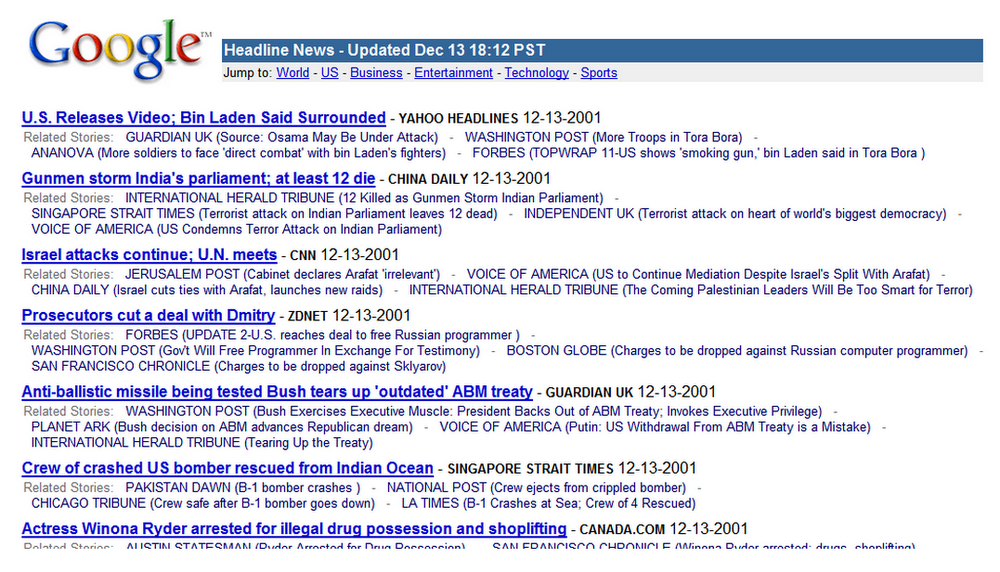Back when I started my first job in content marketing in 2011, chances are you hadn’t heard the term “SEO content hub.” But ten years later, it’s the de facto strategy for keyword authority. These days, everyone is racing against their competitors to build bigger and better SEO content hubs. But unless you know how to find the right keywords, you’re in for a grueling, uphill battle.
While you may already know the big-picture strategies for how to put together a modern, best-practices content hub, do you know how to identify the right keywords? Can you properly analyze them before writing and publishing content? How important is frequency these days? How strong are your images and videos?
The answers to these questions matter for your content strategy.
A brief history of the right keywords

Before we dive deeply into the modern world of keyword optimization and search, it’s important to have a bit of context. Why is keyword-centric content so competitive in the modern marketing landscape?
Content hubs started as microsites in the early 2000s. It was fairly easy to put up a WordPress template website on a niche but highly searched topic (like Crohn’s Disease) and publish a few dozen blog posts. Whether the content in those posts was recent, quality, or even accurate barely mattered. Within a few weeks, you’d be #1 in Google Search, and you’d probably be a millionaire to boot.
How is this possible? It was largely due to “black hat SEO.” —from all those $20 eBook sales, of course.
Wait, what’s black hat SEO?
If you aren’t already familiar with “black hat” SEO, that’s probably a good thing (because you probably aren’t doing it).
According to Google’s guidelines, black hat SEO refers to any search engine optimization practice that’s inappropriate. This includes any of the following strategies, which were widely practiced in the early 2000s (and into the 2010s):
Link farms
A catch-all term for buying up tons of low-quality, fake links, link farming still happens today. Plenty of shady “SEO agencies” pay thousands of people (where the cost of living is significantly lower) pennies on the dollar to create new websites that act as link “farms” that link to the websites of their clients. This used to boost search rankings substantially. But search engines have gotten better than ever at spotting spammy backlinks and will penalize your domain authority and rankings if they catch you doing it.
Fake reviews
Basically the same as link farms, except the “service” is fake reviews from fake people. Once a big problem for e-commerce and local shops, the ratings and review industry as a whole is now pretty good at spotting and flagging fake reviews, although it remains a problem. Consumers are also getting smarter and are much better at spotting fake reviews since they all read more or less the same (and often have questionable grammar).
Duplicate content
If you’ve ever gone down the Reddit rabbit hole or just spent way too much time browsing the Internet, you’ve probably wound up on Page 11 of search results and noticed some pretty-iffy websites. Many of these sites rank so low because they just copy and paste content from competitors. Google spots this sort of lazy plagiarism automatically and penalizes these domains accordingly.
Low-quality content
Although it wasn’t always black hat SEO, cheap, quick, and low-quality content won’t get you the same mileage it used to. We still talk to leads who ask us whether 400-word blog posts are a good idea. Spoiler alert: they’re not. When your competitors publish as many as 16 1,000-word blog posts each month, you get a leg up on the competition by publishing longer, higher-quality posts. Shorter posts won’t move the needle and are just a waste of your money.
Fortunately for everyone, those Wild West days of gunslinging black hat SEO scammers are long gone. Today, content hubs matter more than ever, but only the cream of the crop reaches the top of search results—which means searchers ultimately get the best possible results that give them the most bang for their attention bucks.
And that’s in large part thanks to Google.
So what did Google do about it?
Google takes its mission of ranking content as accurately and helpfully as possible very seriously. Not only because they’re a great search engine, but because they make big bucks on advertising. If black hat SEO “gurus” can outrank quality companies with great products and services, Google wouldn’t be making nearly as much money (or have as many users).
That’s why Google’s search engine algorithm developers have made it their mission in life to seek out and punish bad SEO actors and reward “white hat” SEO sites—or sites that do their darndest to follow Google’s best practices.
Did you know that Google makes 500–600 updates to their search algorithm each year? That’s nearly two updates per day!
Starting in the 2010s, Google began to aggressively combat black hat SEO with a series of updates that made it harder to game the system. Google Panda, Google Penguin, and Google Hummingbird were just the first in a long line of meticulous tweaks to their algorithms.
At the same time, Google was changing search so that helpful, high-quality content would be ranked higher more reliably. That’s why longer, better-written content (with great images and videos) ranks so high today. Not only do great writers benefit, but so do searchers and consumers worldwide.
That’s why it’s not enough that your products and services “speak for themselves.” These days, the early bird doesn’t catch the worm. The marketer that knows how to create great content follows Google’s updates religiously and executes proper content marketing catches all the worms (or at least 32% of them).
How important are the right keywords?
Did you know that the top search result for any keyword gets 32% of all clicks? Or that the average #1 search result on page 1 of search results engine pages (SERPs) is 1,447 words?
(In our experience, most #1 search results are now 2,000–3,000 words long.)
But there are plenty of other things you can do to increase your odds of ranking higher than everyone else. Sometimes, just knowing how powerful the right keywords can be for your brand will help you envision just how far you can take your content. For example, did you know that…
Keyword Stats:
- About 8% of all searches are phrased as questions?
- Only 29% of keywords with 10,000+ monthly searches are more than 3 words?
- Nearly 71% of keywords with 10,000+ monthly searches are just 1–2 words?
- 50% of search queries contain 4 or more words?
- The top-ranking page also ranks in the top 10 search results for up to 1,000 other relevant keywords?
If good SEO hygiene gets you to rank on page 1 of SERPs, then the right keywords are like deodorant. You can shower all you want, but without the right stick, you’re still going to smell bad. A lot of marketers don’t get this very basic concept. They convince their clients to spend a crazy amount of money on a content hub…only to see little to no ROI.
Whenever this happens, it’s because the initial keyword research and content strategy weren’t done right. Whether through laziness, negligence, or an actual lack of know-how, the right keywords were not chosen. As a direct result, even though the content may be high quality, it does not attract the right target audience. This kind of mismatch means zero leads.
But if you step up your SEO game and follow best practices when executing a content hub, the rewards are rich indeed.
SEO stats:
- Leads from SEO have a 14.6% close rate.
- SEO generates more than 1,000% of the search traffic social media does.
- The first 5 organic search results in SERPs get 67.6% of all clicks.
- Only 0.78% of users click on results on the second page of search results.
Backlink stats:
- Businesses with blogs have 97% more backlinks to their site.
- Long content receives 77.2% more backlinks than short articles.
- 43.7% of the highest-ranking pages in Google have reciprocal links.
So, to summarize, the right keywords are essential to any SEO content hub strategy. If you break down the amount of time and effort that goes into an effective content hub that consistently generates great leads—which can take many years to build—the pie chart would look something like this:
- 1% SEO research
- 99% content marketing execution
That’s what the rest of this series on SEO content hubs will be about: how to identify the right keywords, how to analyze and narrow them down even more, and how to execute on your content hub and track your results.




